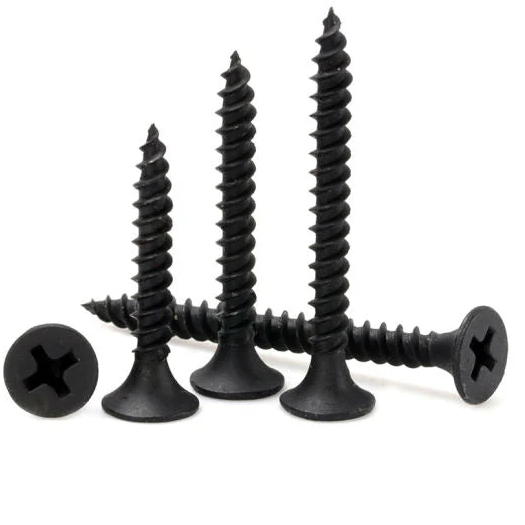Optimal Spacing Guidelines for Drywall Screws Along Edges and Across Panels in Construction
Understanding Drywall Screw Spacing and Edge Service
When it comes to installing drywall, whether in a residential or commercial setting, understanding the spacing of drywall screws is crucial. Proper screw placement not only ensures a sturdy installation but also contributes to a smooth and professional finish for wall surfaces. This article will explore the guidelines and best practices for drywall screw spacing, focusing on edges and service areas.
The Importance of Proper Screw Spacing
The correct spacing of drywall screws is essential for several reasons. Firstly, it helps to minimize the risk of the drywall cracking or bowing over time. If the screws are placed too far apart, the drywall may not remain securely fastened, leading to potential damage. Additionally, proper spacing ensures that the seams between drywall panels are adequately supported, which is critical for a seamless look once the installation is complete.
Recommended Screw Spacing
According to industry standards, drywall screws should be spaced 16 inches apart on center for walls and 12 inches for ceilings, where the weight of the drywall structure demands more support. However, there are specific guidelines for screw placement near the edges of the drywall panels and within service areas that must be followed to ensure optimal performance.
1. Edge Spacing - Perimeter Fastening Screws should be placed no more than 8 inches apart along the edges of the drywall sheets. This closer spacing helps to secure the edges, which are more susceptible to damage and movement. - Corner Fastening At the corners of the drywall panels, additional screws should be used, typically at a maximum of 4 inches apart. This is important in areas that are likely to experience stress or impact.
drywall screw spacing edge service

2. Field Spacing - After securing the edges, the rest of the drywall sheet (the field) is typically fastened with screws spaced 12 to 16 inches apart, depending on the application. It’s important to maintain consistency in spacing to ensure that the drywall lays flat and remains stable over time.
Considerations for Service Areas
Service areas, such as locations where electrical outlets, switches, and plumbing fixtures are installed, require special attention. In these cases, understanding where to position screws is essential to avoid interference with the installation of these fixtures.
- Around Outlets and Switches When installing drywall around electrical fixtures, it is advisable to place screws at least 1 inch away from the edge of the cut-out for outlets or switches. This prevents the screws from interfering with the installation of electrical boxes and ensures that the drywall maintains its integrity around these openings.
- Hanging Drywall in Vertical Position If drywall is hung vertically instead of horizontally, screws should still adhere to the edge spacing of 8 inches for seam support, with standard spacing of 12 inches in the field. Vertical installation may require careful consideration depending on the size and layout of the room.
Conclusion
Proper drywall screw spacing is fundamental to a successful installation. By adhering to guidelines for edge and field spacing, and taking care to consider service areas, contractors and DIY enthusiasts alike can achieve a professional finish that is built to last. Whether for new construction or renovations, ensuring that your drywall is securely fastened will result in a more durable and visually appealing outcome. Always remember that investing time in the right techniques at the beginning of the installation process pays off in terms of durability and overall quality.
-
Top Choices for Plasterboard FixingNewsDec.26,2024
-
The Versatility of Specialty WashersNewsDec.26,2024
-
Secure Your ProjectsNewsDec.26,2024
-
Essential Screws for Chipboard Flooring ProjectsNewsDec.26,2024
-
Choosing the Right Drywall ScrewsNewsDec.26,2024
-
Black Phosphate Screws for Superior PerformanceNewsDec.26,2024
-
The Versatile Choice of Nylon Flat Washers for Your NeedsNewsDec.18,2024










